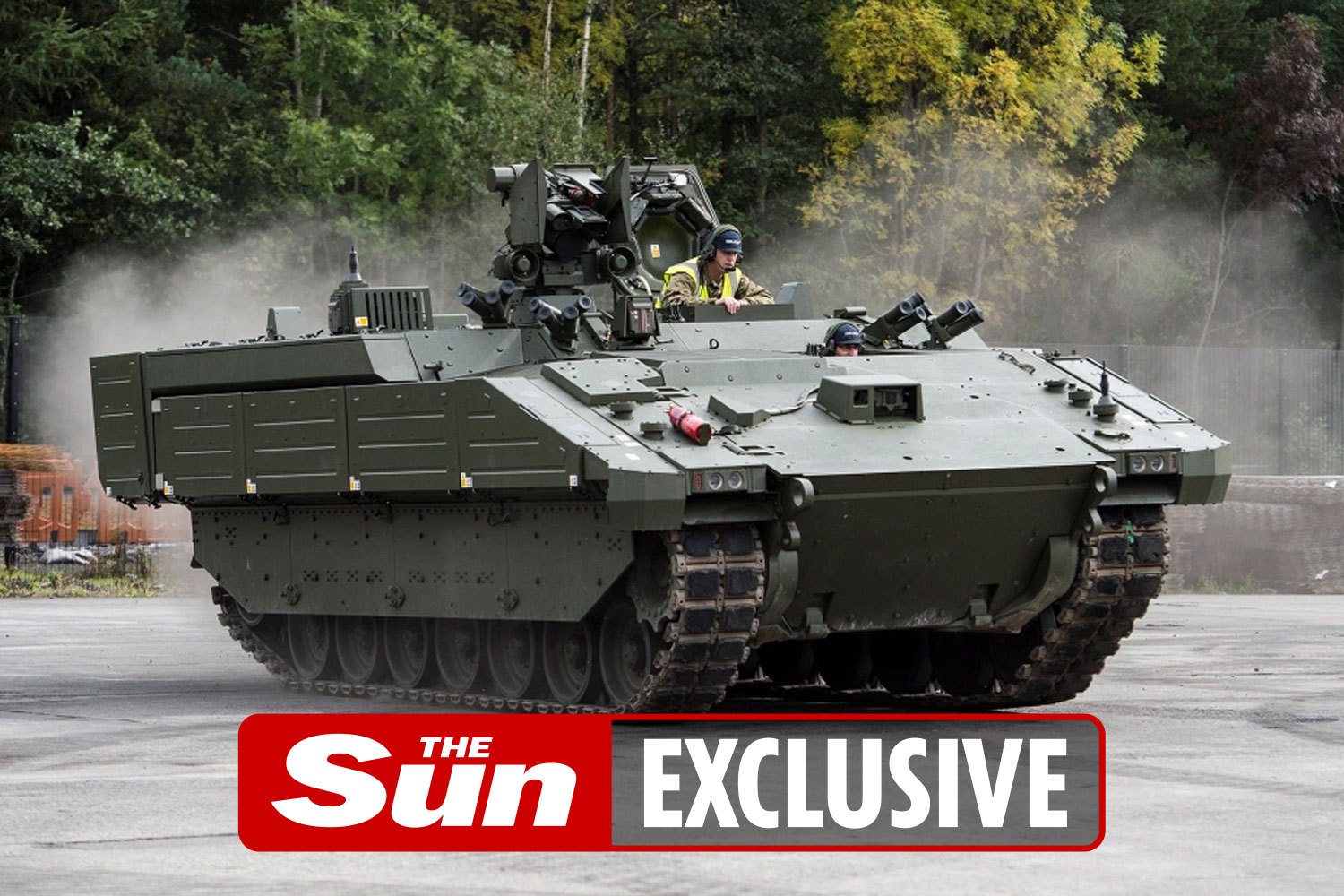


The number of men and women deployed to fight these wars during the same three periods was 4.7M, 12.2M, and 2.5M, respectively. Defense spending in the past 10+ years, however, has consumed more than 40% of the GDP at its peak. War spending in the first instance amounts to 14.1% and rises to 37.5% during the Second World War. Fifty-five years later, the cost of war has been much less: 1.5 to 1.7 trillion between 20 but the War on Terrorism is stretched out over a much longer period of time.Ĭonsider these figures in light of the Gross Domestic Product and budgets as they are established in each generation represented. The disparity in spending is partially explained by the fact that US soldiers fought for just a year during World War I, while they were actively engaged in fighting during the final 4 years of WW II. That amount rose to $4.1 trillion during the Second World War.

Gathering financial facts regarding America’s brief involvement in World War I, historians can see that $334 billion was spent fighting the enemy (an amount adjusted to reflect inflation).


 0 kommentar(er)
0 kommentar(er)
